
Gone are the days of the humble sedan as the market shifts toward the “do-it-all” crossover. This form factor usually has good looks and packs a lot of technology to appeal to the tech-savvy generation of car buyers, also known as my age group.
I cannot deny that the majority of consumers of my generation is easily swayed by the number of gadgets inside a vehicle (myself included). There are a few models that are guilty of prioritizing shiny new features over the core driving dynamics to capitalize on this market. But it’s always important that one should not overlook how well a car nails the basics of being, well, a car.
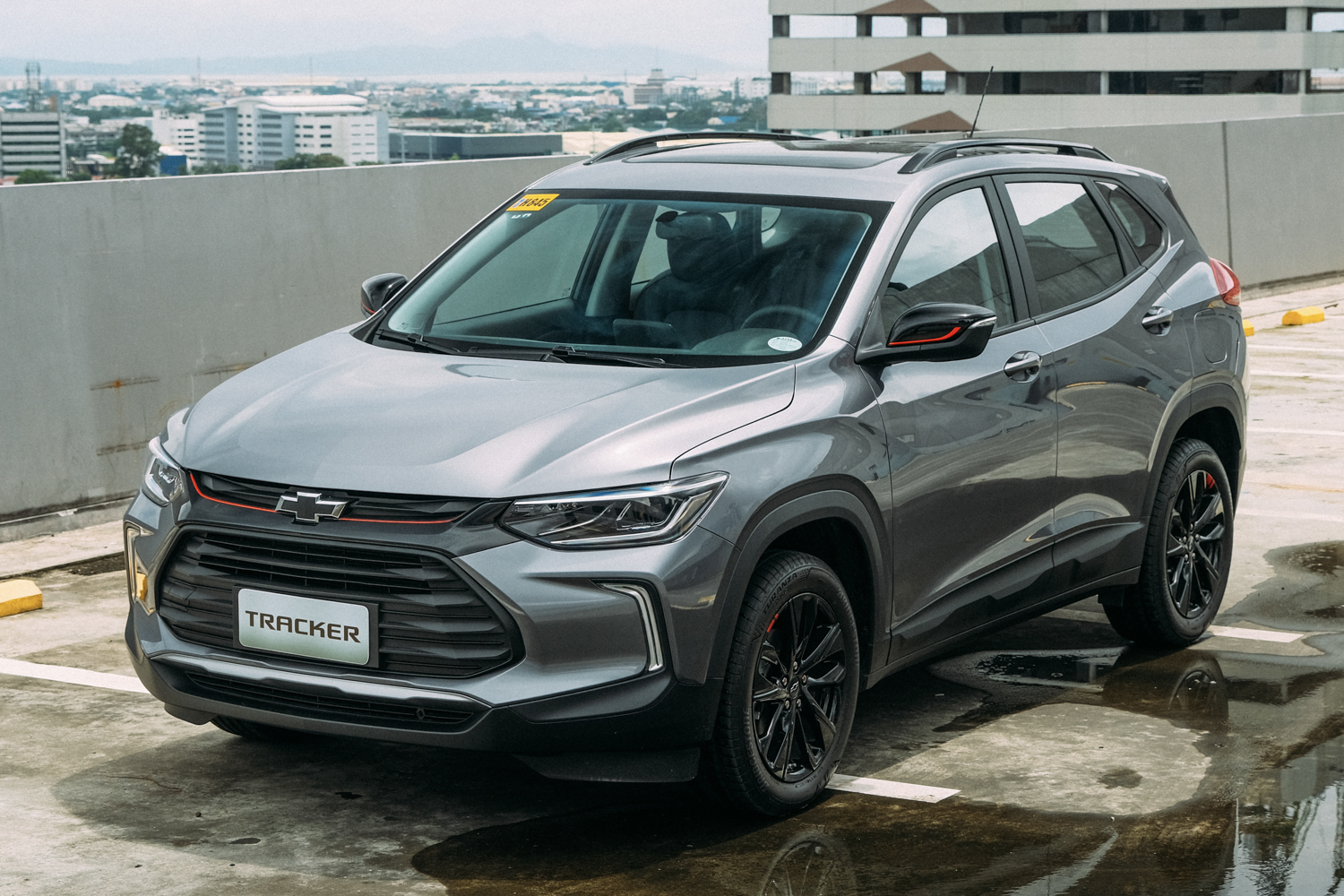
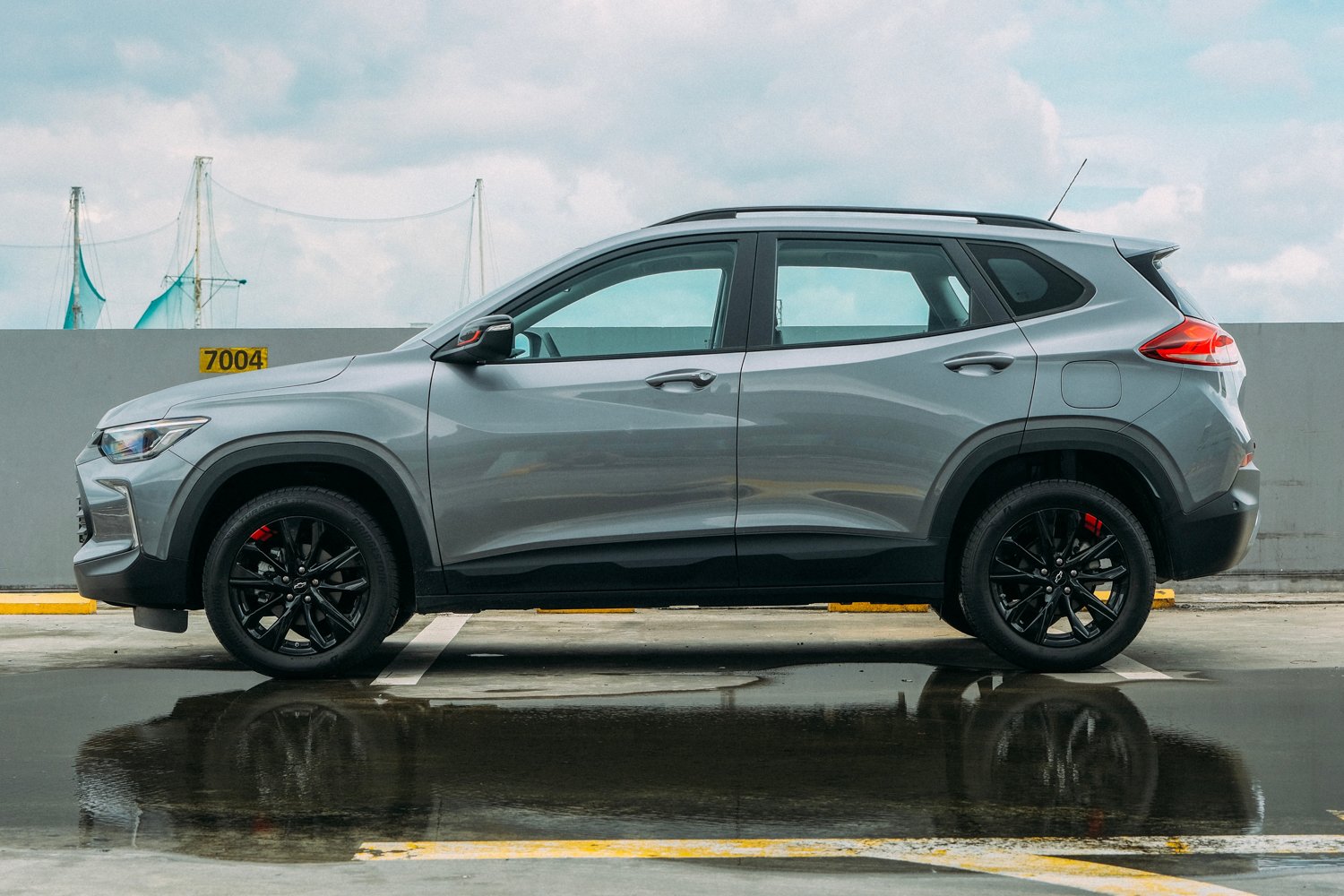

Enter the Chevrolet Tracker. This is the brand’s latest entry into the very competitive subcompact-crossover segment. Is it compelling enough to sway potential buyers away from the competition, or is it all style and no substance?
Firstly, the Tracker is one of the slicker-looking subcompact crossovers out there. It has a sporty and angular body design, taking some styling cues from its higher-performance siblings like the Camaro. I like how the light signatures look, with the front sporting “double-L” DRLs and LED projectors, and the taillights having X-shaped elements.
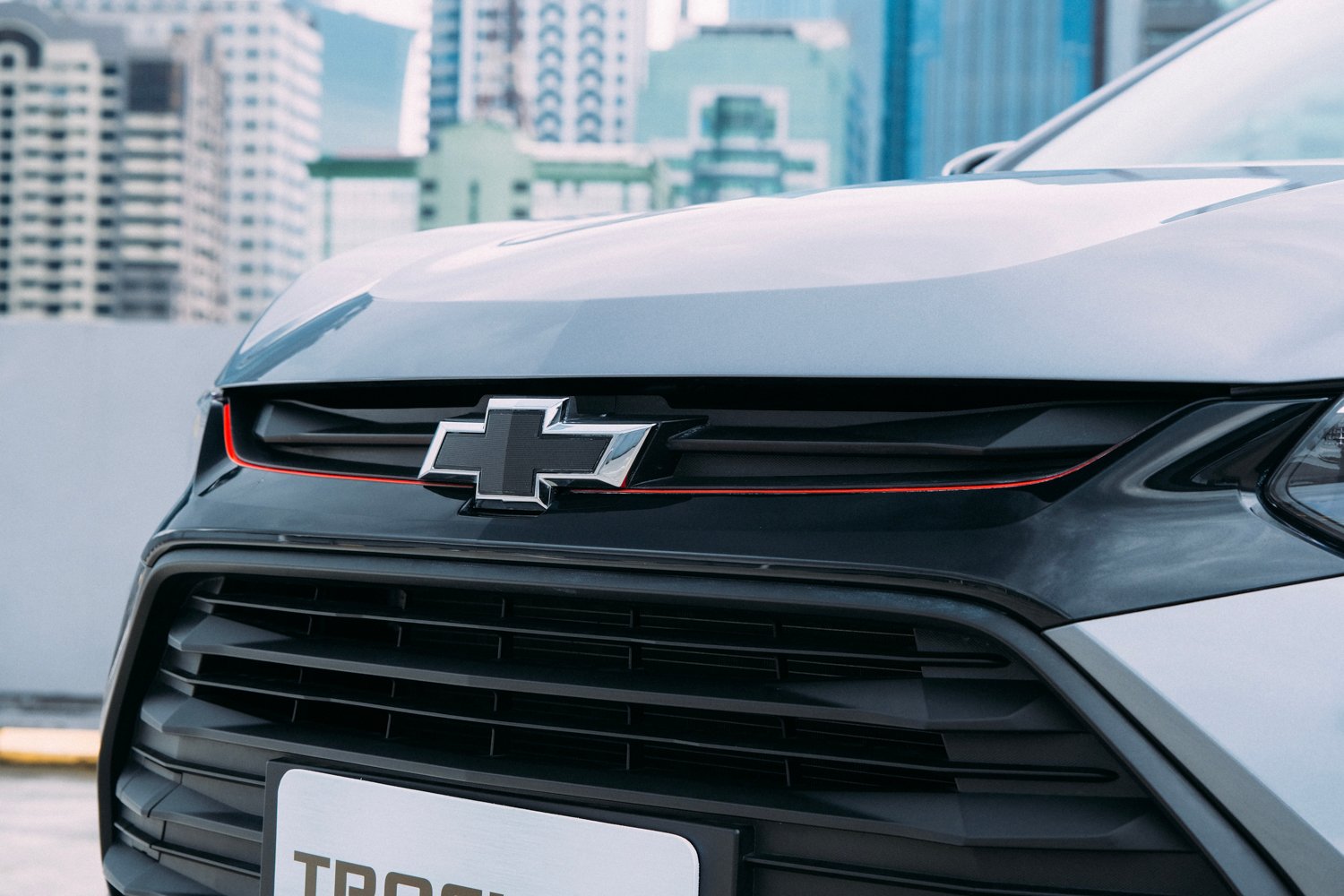
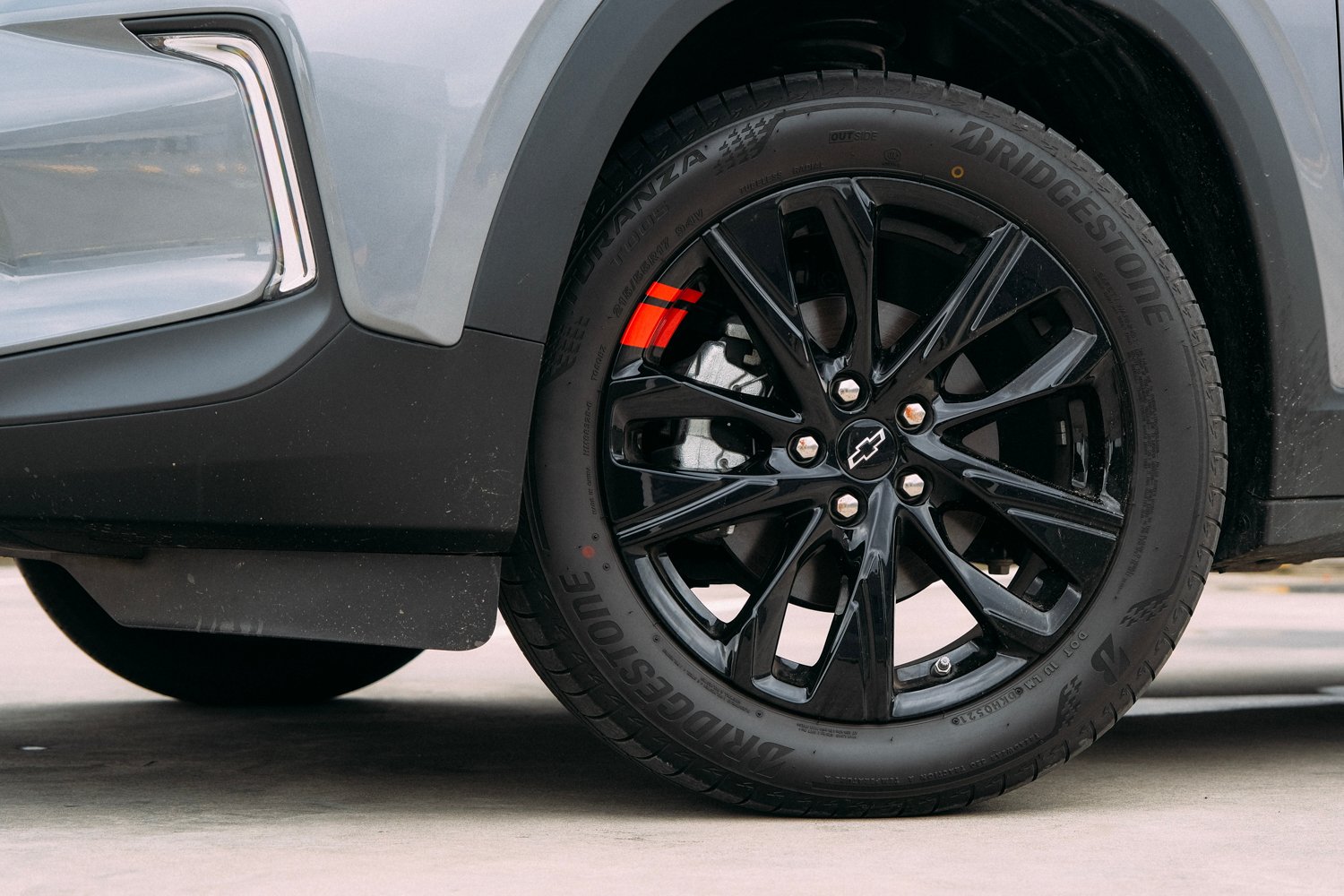
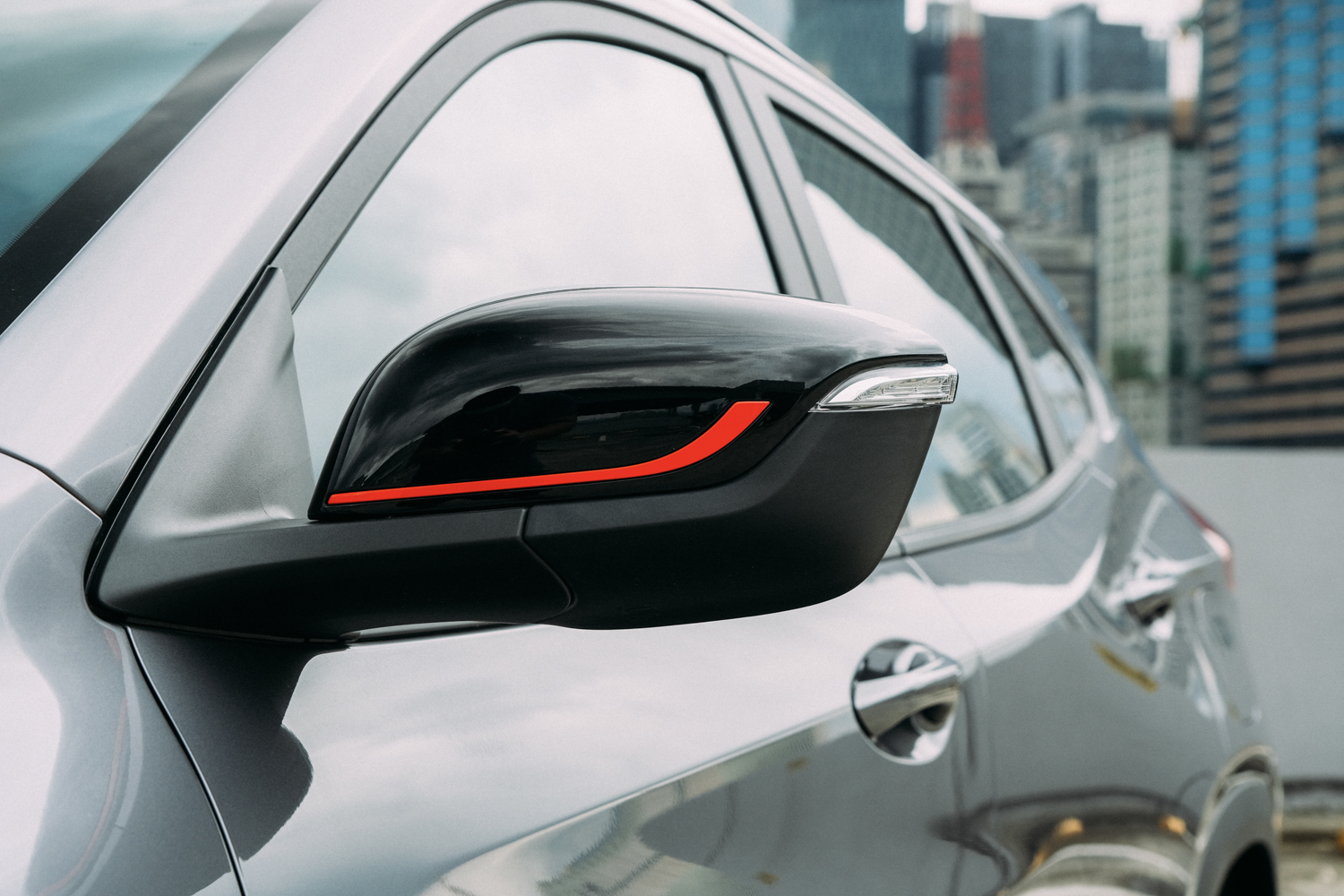
The demo unit is the top-of-the-range Redline variant, the appearance package of which has, uh, red lines. It also comes with a blacked-out grille, bowtie logo, and badging. Fortunately, it’s executed tastefully, with subtle red accents on the grille, mirrors, and the blacked-out 17-inch alloy wheels.
The cabin feels airy and spacious once you open the panoramic sunroof. But the mix of hard matte plastics and soft-touch leatherette with red stitching will remind you of how much this car costs. The seats are decked out in black leather with red piping and contrast stitching, which helps elevate the interior a bit more.
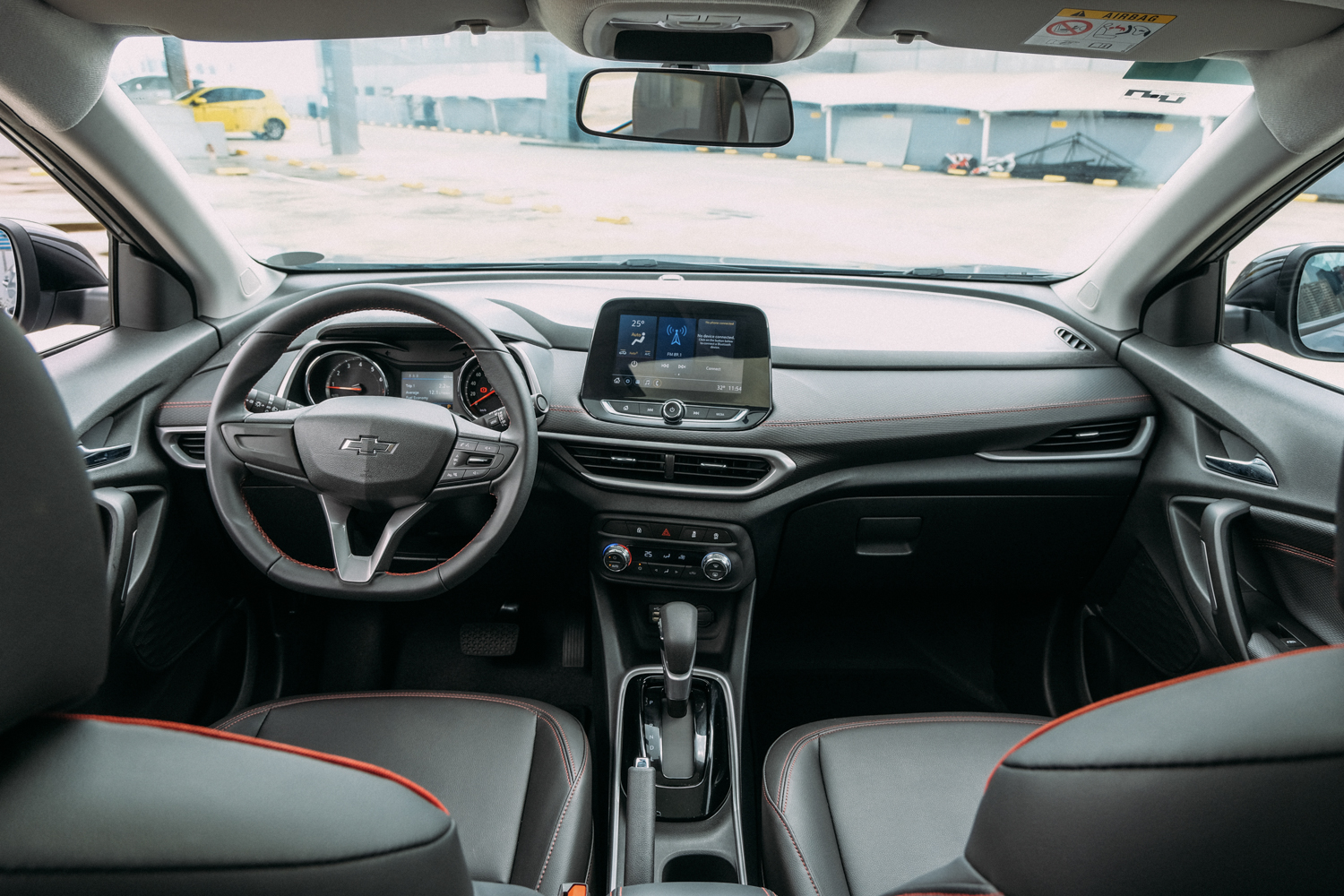


Connectivity-wise, there are four USB ports (two up front, two at the back), a 3.5mm aux jack, and a 12V socket. Other features include a tire pressure monitoring system, a reversing camera, keyless entry, and push-to-start ignition.
A tablet-style eight-inch infotainment screen sits front and center on the dashboard. It’s responsive and supports Apple CarPlay and Bluetooth for phone integration (sorry, Android friends). Music is routed through six decent-sounding speakers. Though, the screen washes out in direct sunlight, and there’s no way to adjust the color contrast values, making Google Maps slightly unreadable unless I crane my head at an uncomfortable angle.
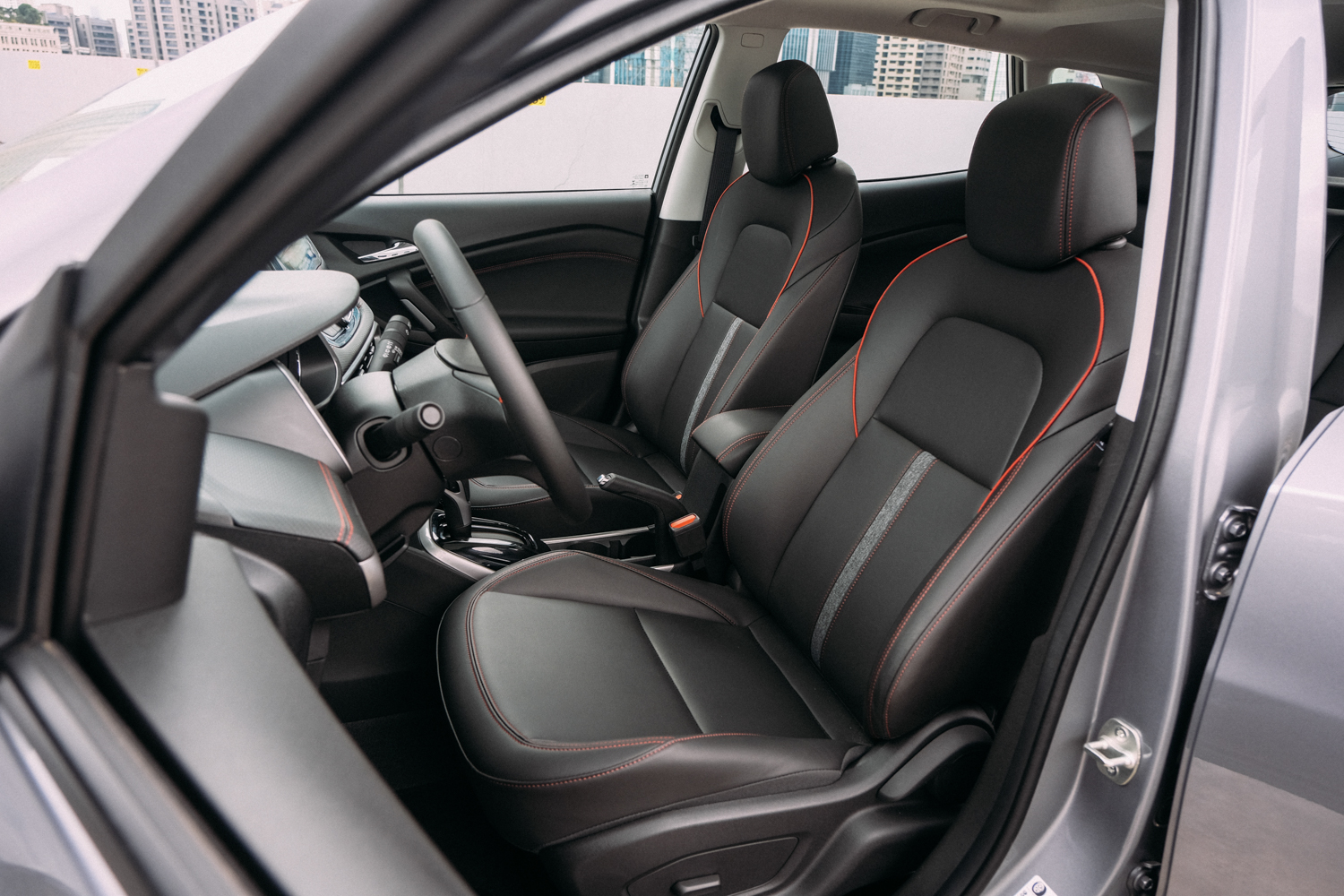
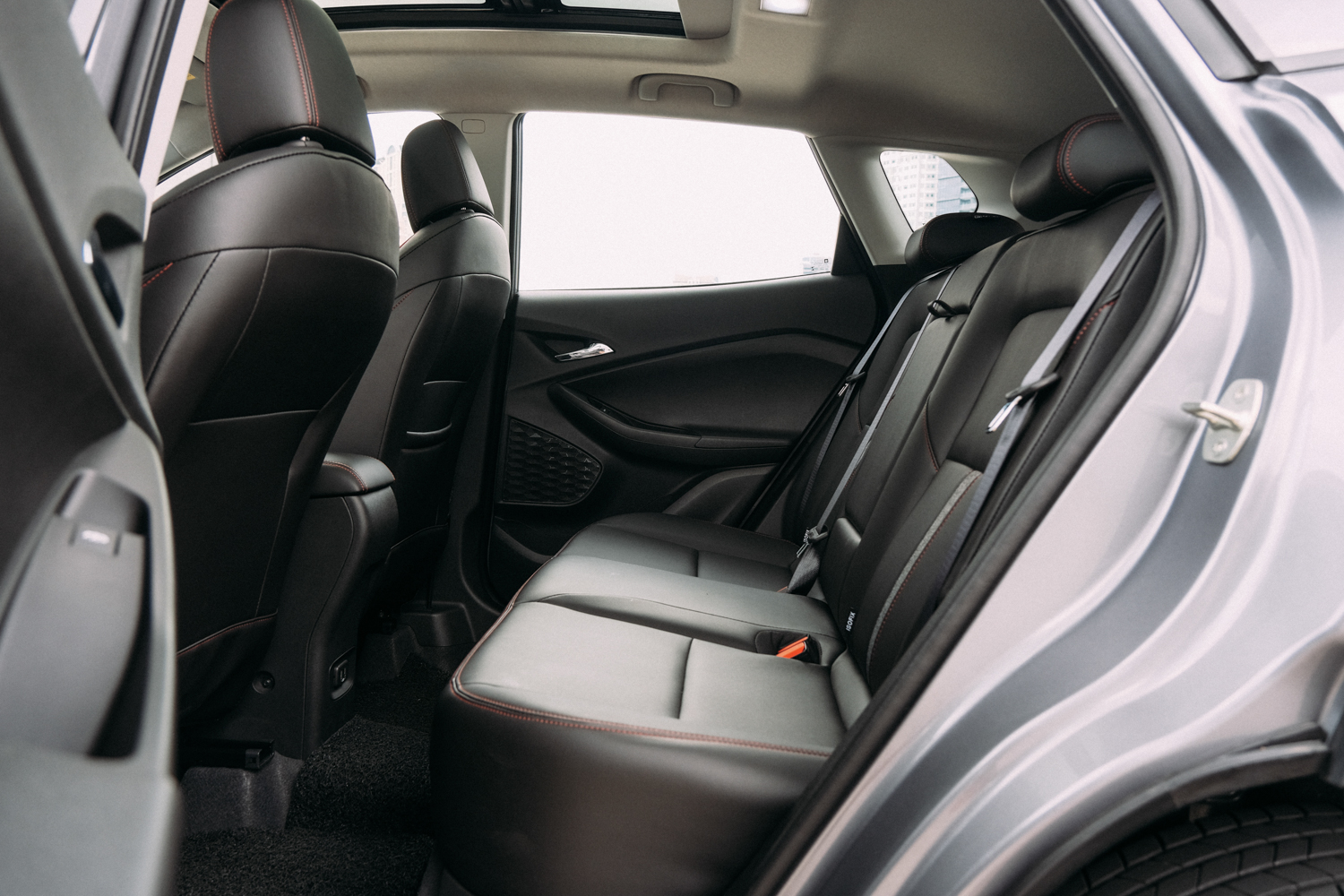
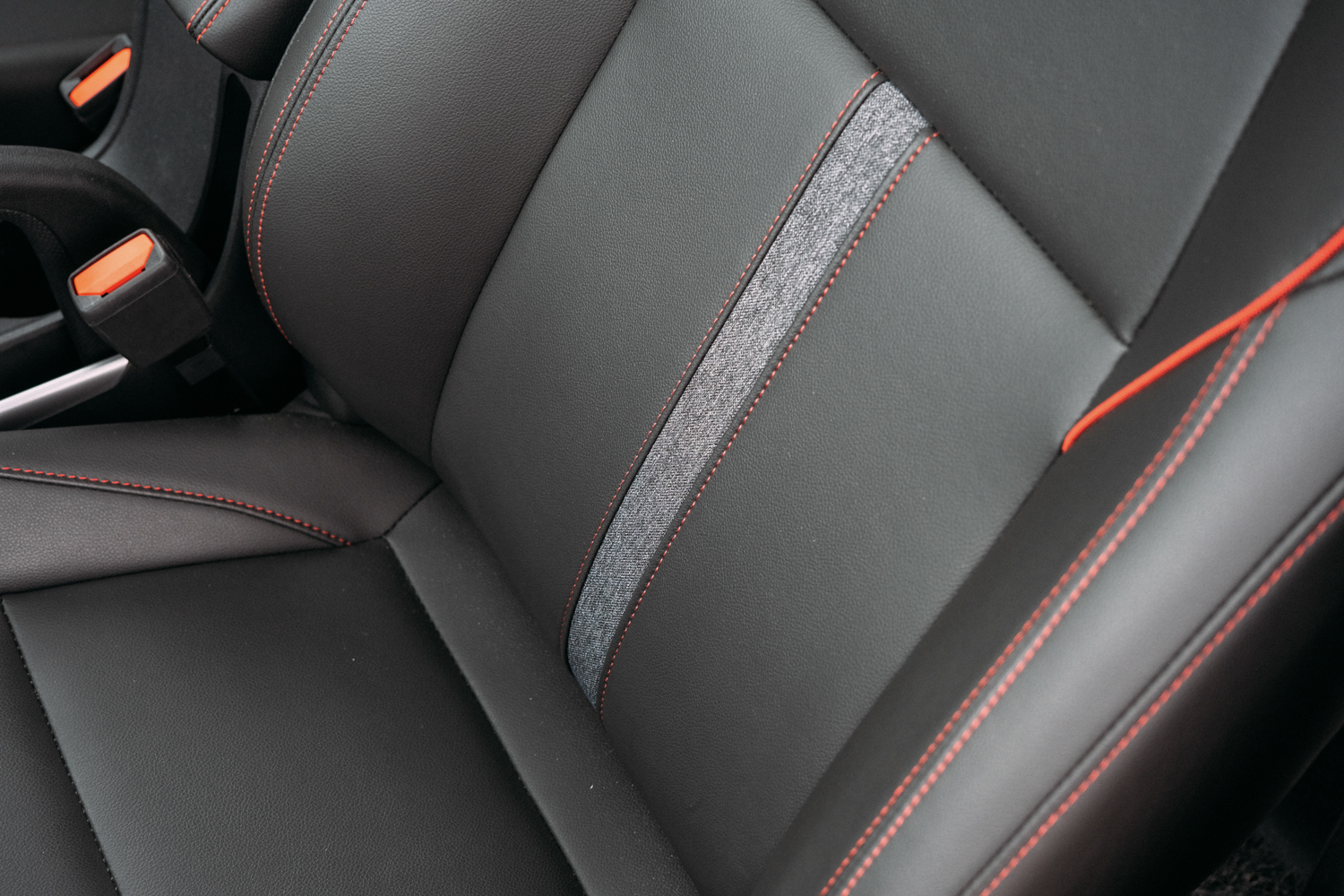
There’s excellent visibility all around, and the tall seating position feels like that of a proper SUV (unlike the sedan-esque position found in other crossovers). Adjusting the seat is confusing at first, since the forward/back and height adjustments are power-operated, while recline is set with a traditional lever. The steering wheel only tilts, so you’ll have to consider that as well.
The front passenger gets manual seats. The rear bench also has plenty of leg and elbow room even for taller passengers. Even my 6ft. tall colleague was able to fit behind the driver’s seat adjusted to my position. But rear climate vents would be nice to help keep the rest of the cabin cooler.
Open the manually operated tailgate and you have 390L of cargo capacity with the rear seats up. It more than doubles to 845L once the backrests are folded down.
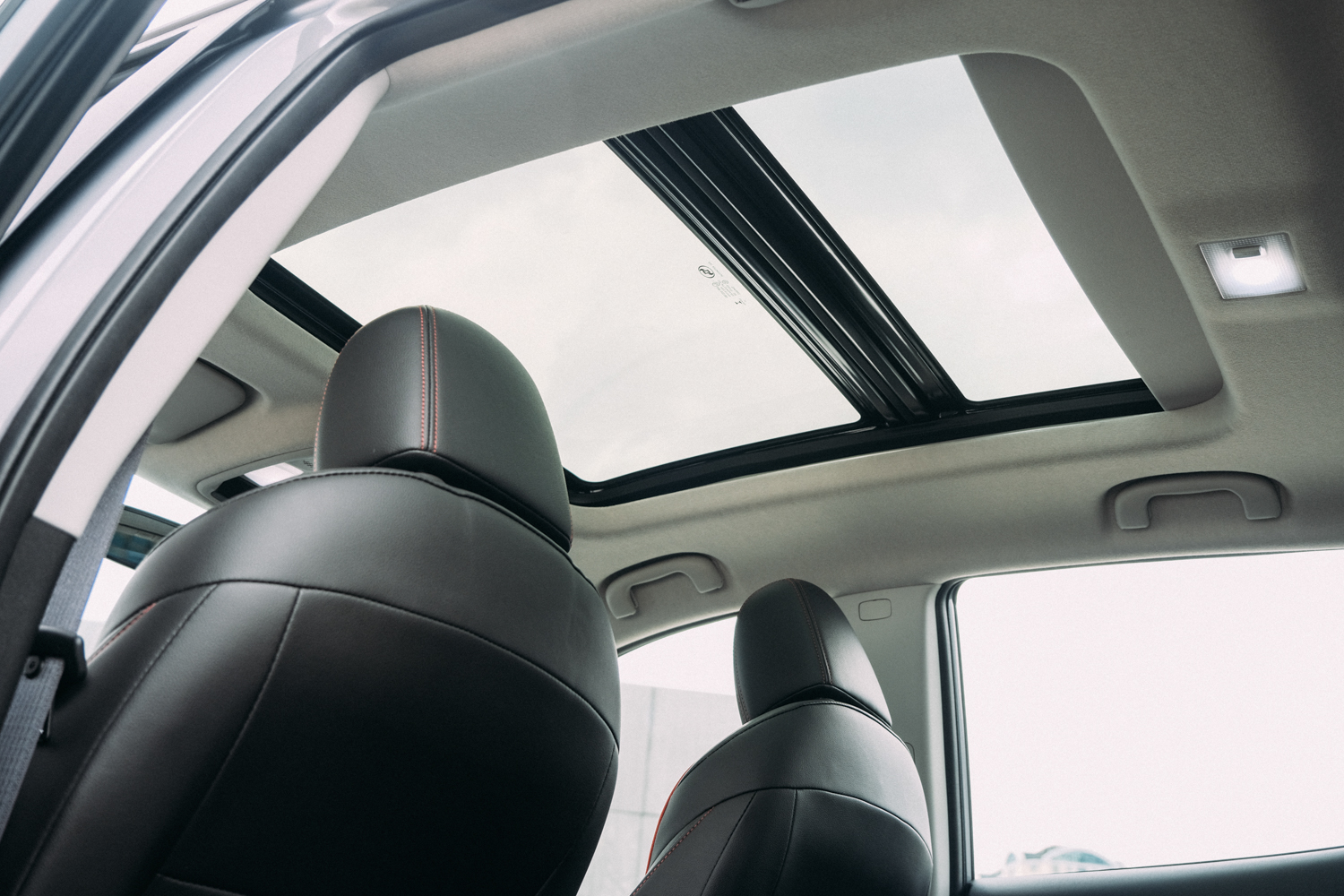


The Tracker’s driving dynamics are quite odd, to say the least. It’s a docile city crawler at lower speeds. There’s enough torque to get off the line, and the brakes are firm yet easy to control. It has effortless steering, easy maneuverability, and a very soft yet wafty ride, that comes at the cost of feeling boaty around the corners at higher speeds. NVH seems to be managed well, with just a little tire and road noise entering the cabin.
Overtaking in the Tracker is a lot more fun than you think it is. Get up to highway speeds and the 1.0-liter turbocharged three-banger will catch you off-guard. With an output of 116hp and 175Nm, it’s no slouch even for a car of its size. Around 2,800rpm, you’ll feel the turbo spool up, and the car starts to pull hard at 4,200rpm.
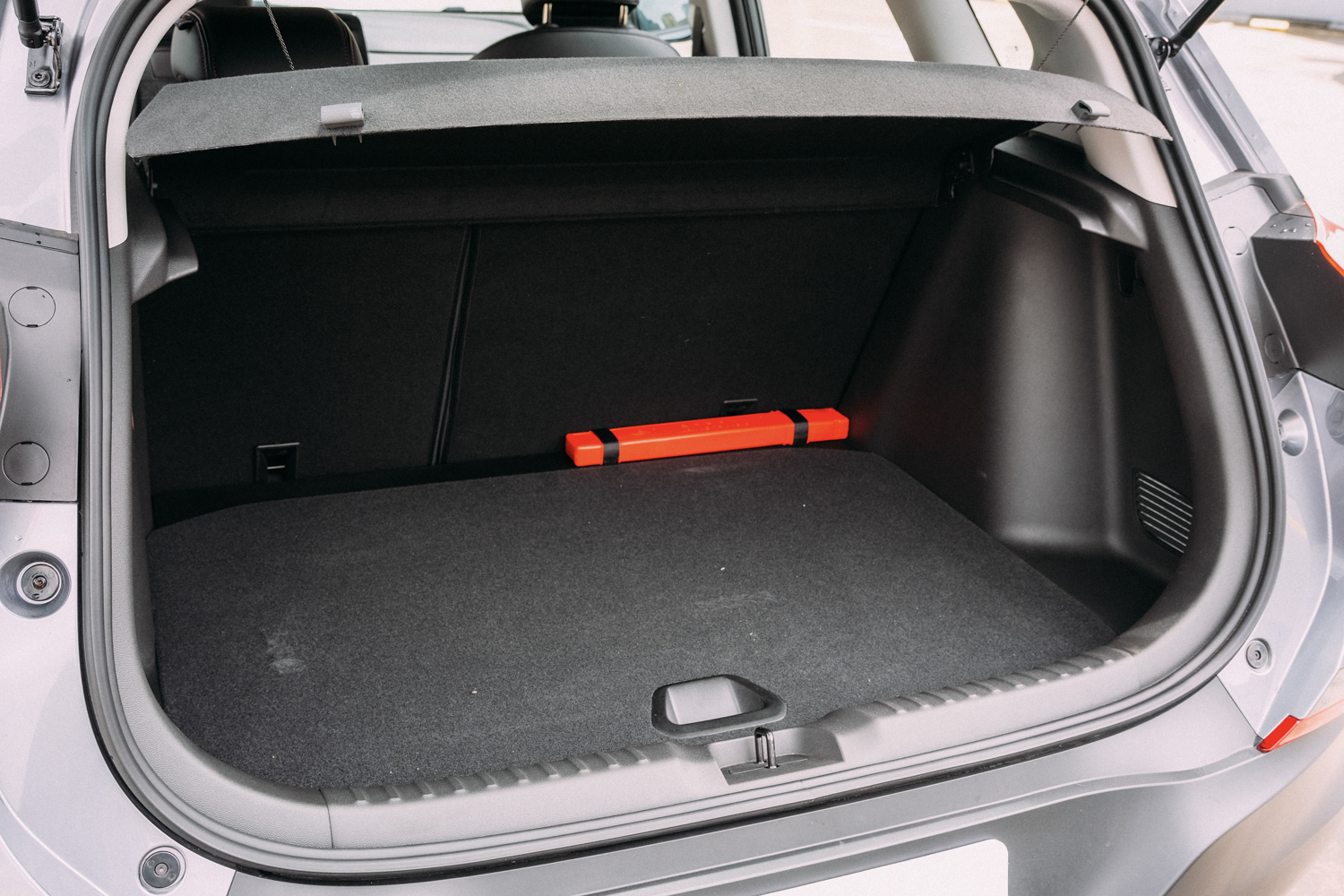
But the transmission betrays the experience a bit. It’s fine within the city, but on the highway, you start to feel it become a bit jerky. Sure, you’ll get around this by using the manual mode (via the toggle on the shifter), but most people will likely leave the selector in D.
Upshifts are smooth, but once you lift off or coast to stay within the speed limit and the revs drop, be prepared to feel the gearbox downshift with slight jolts as the revs jump back up. This would make sense in a car with sport mode, but there isn’t one in the Tracker. I feel like the transmission logic could’ve been tweaked for smoother downshifts so coasting doesn’t feel jarring.
My recorded fuel economy came in at 7km/L within the city, a surprising 22.2km/L on the highway, and 10km/L in mixed conditions. This means that it’s a very frugal vehicle that you can count on to sip fuel. There’s an engine start-stop feature too, but I turned it off because I found it a bit slower than similar systems in other cars.
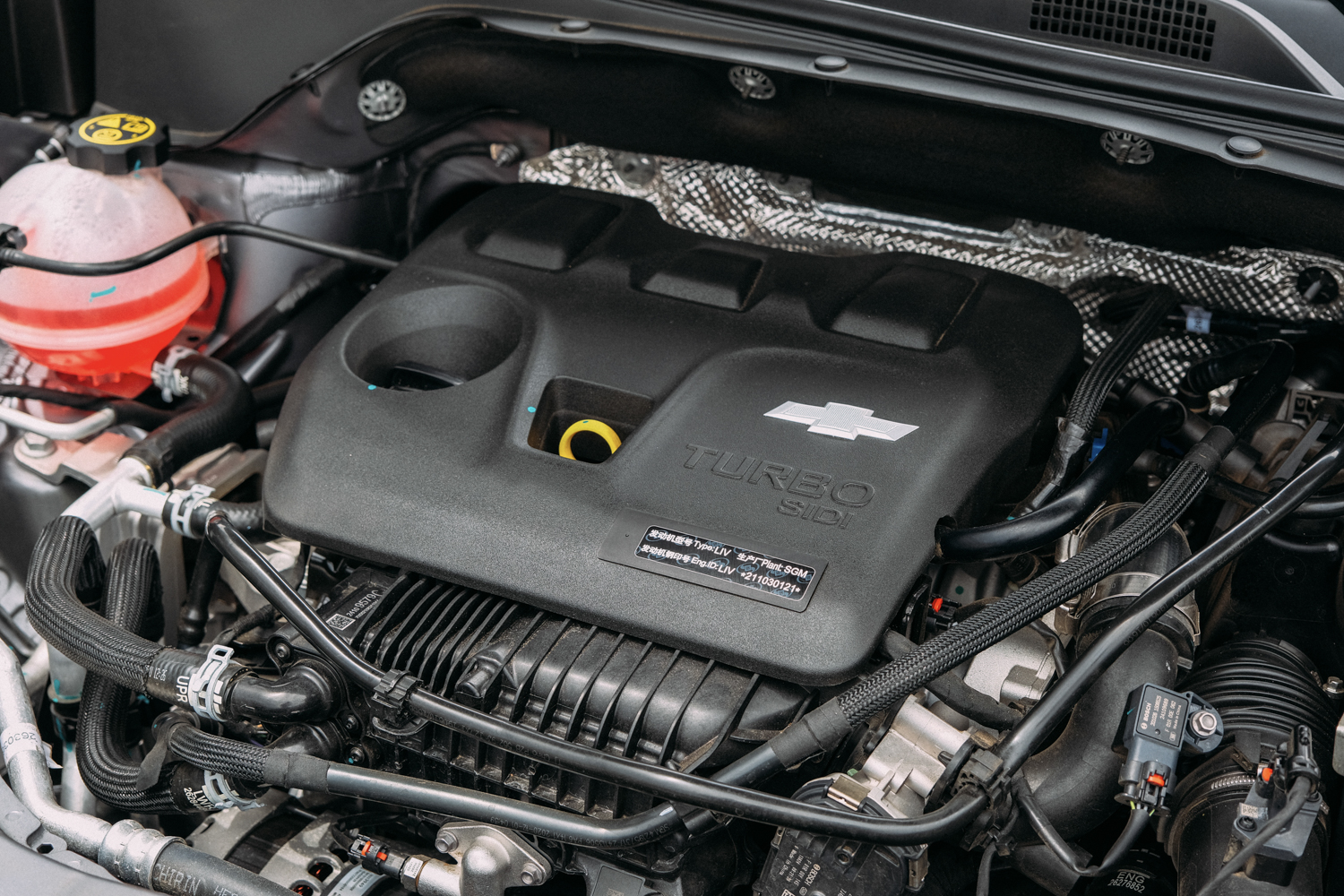
For P1,242,888, the Tracker faces some stiff competition in the subcompact-crossover segment especially from the Geely Coolray, the MG ZS, and the Ford Territory. It may not have as many features as its rivals, but it sure can be an exciting and practical car to drive. Chevrolet Philippines’s five-year warranty and three-year 24/7 roadside assistance are the icings on the cake for potential buyers as well.
CHEVROLET TRACKER LT REDLINE
| Engine | 1.0-liter three-cylinder turbo gasoline |
| Transmission | 6-speed automatic |
| Power | 116hp @ 5,800rpm |
| Torque | 175Nm @ 4,200rpm |
| Dimensions | 4,270mm x 1,791mm x 1,627mm |
| Drive layout | FWD |
| Seating | 5 |
| Price | P1,242,888 |
| Upside | It has sporty looks, and the three-cylinder turbo engine is peppy and economical. |
| Downside | A boaty ride and a jerky transmission make the car slightly unpleasant to drive. |


0 Comments